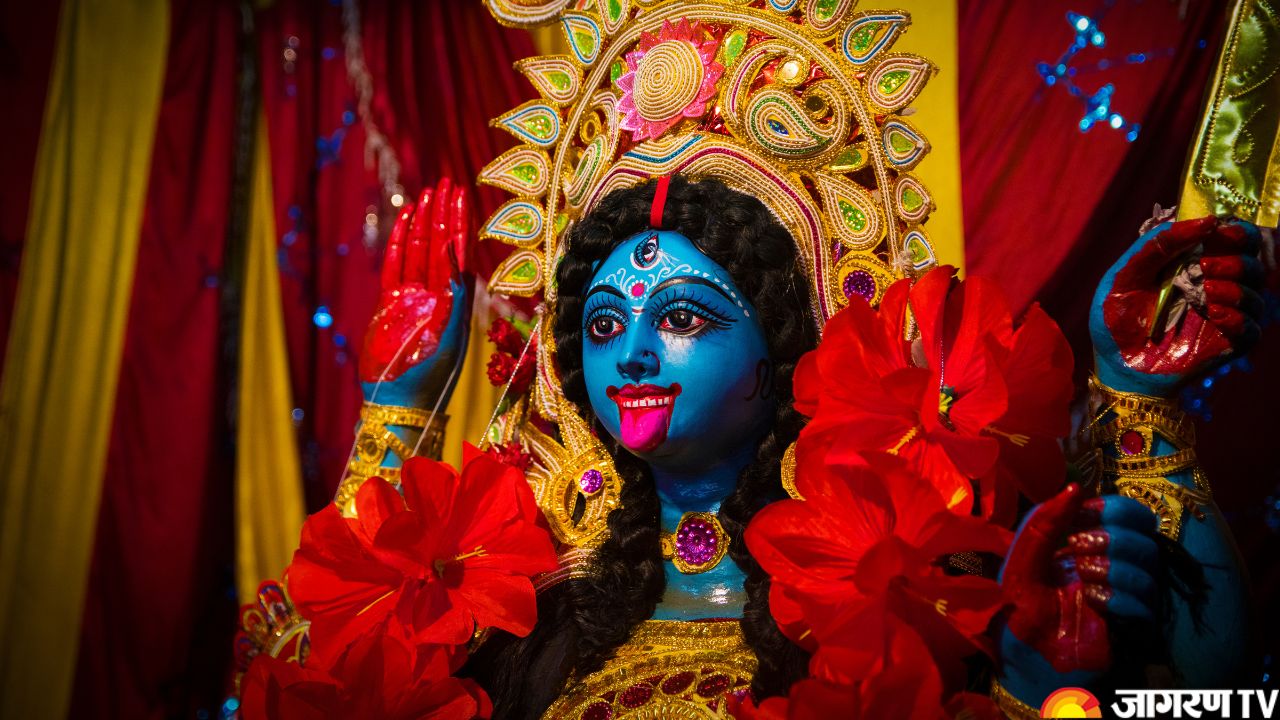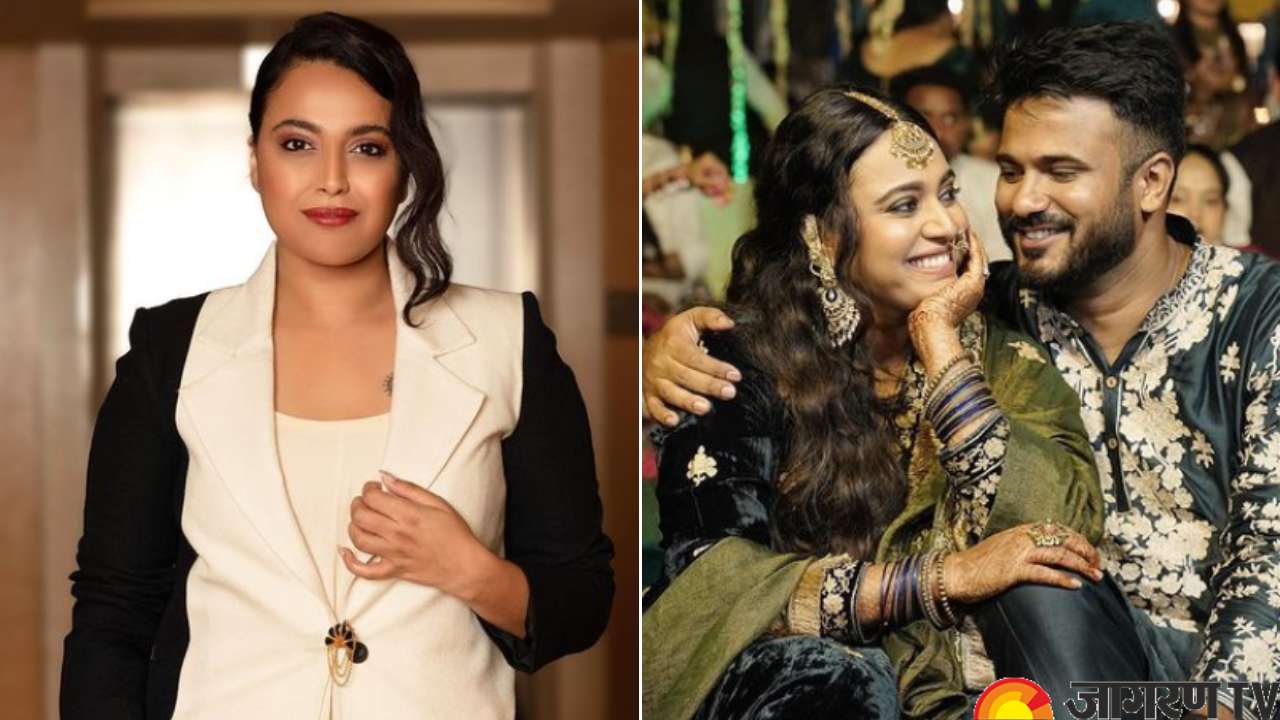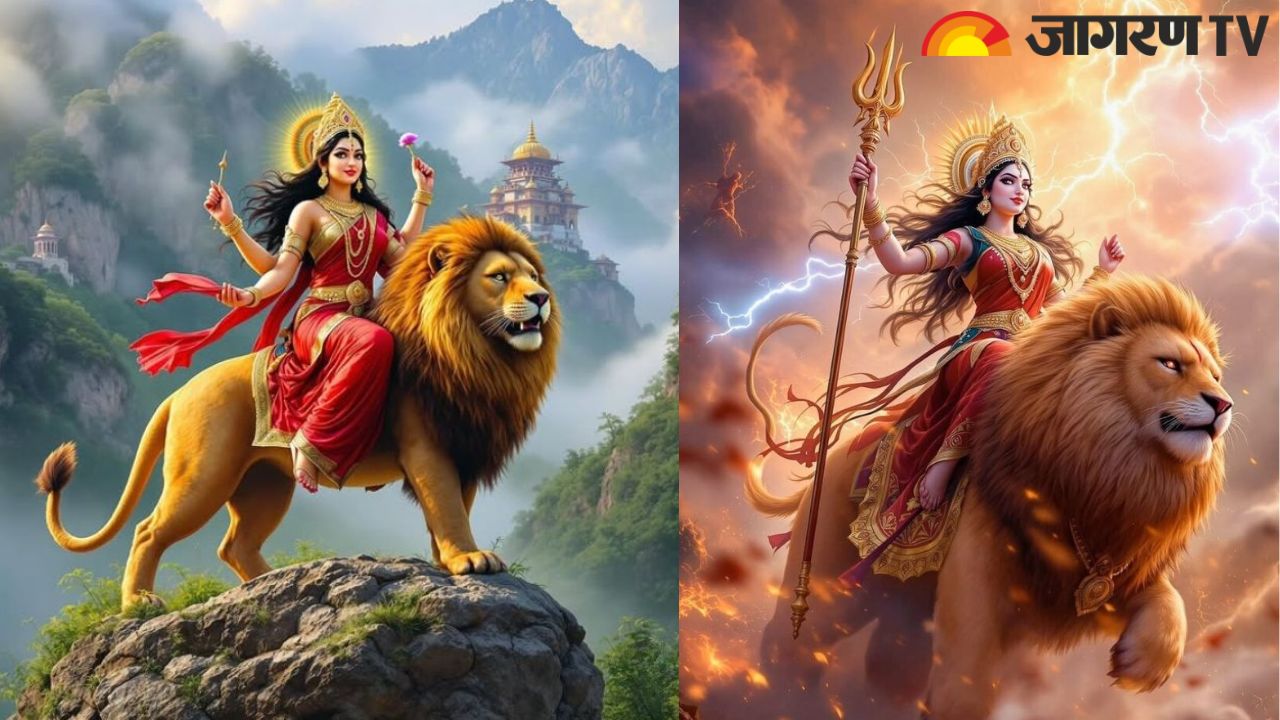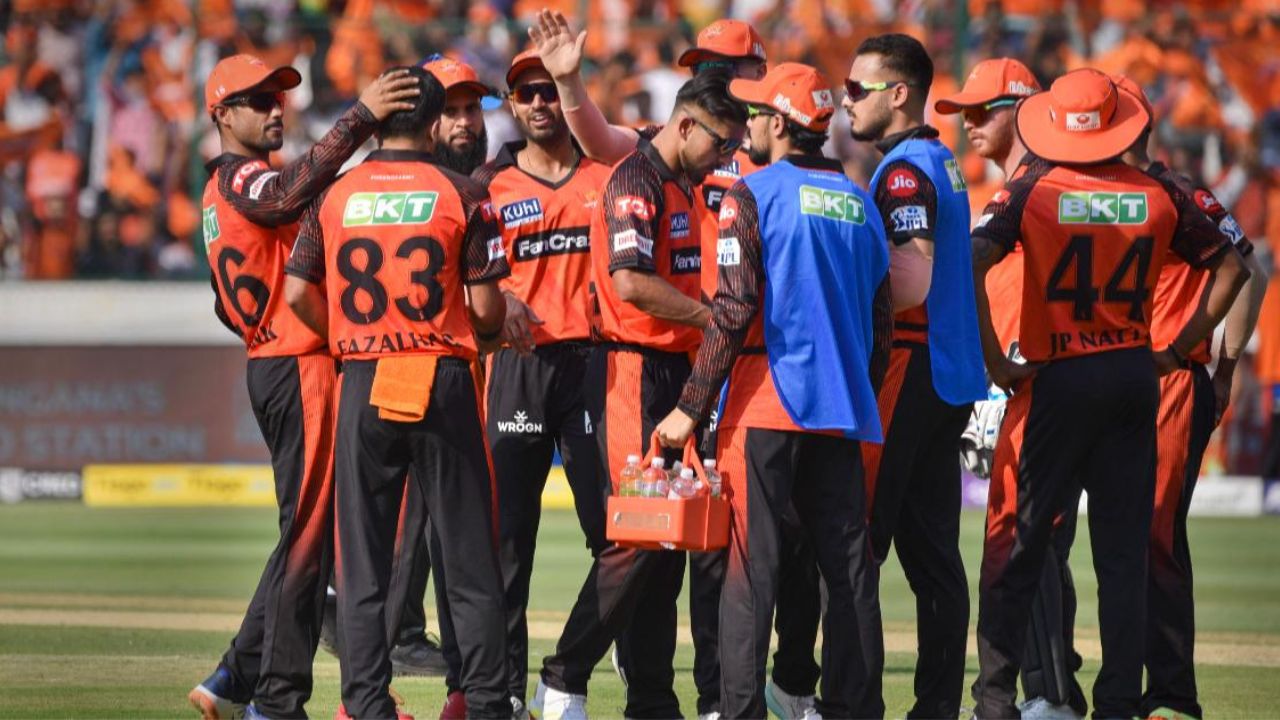Navratri 2025: Chaitra, Sharad, Magha Gupt and More, Different Types of Navratri Celebrated in India

Types of Navratri Festivals: Navratri is one of the most significant festivals celebrated with great enthusiasm and fervour in India. The festival celebrates the divine feminine energy for nine nights, with each day dedicated to worshiping the nine forms of Goddess Durga, symbolizing nine nights of devotion, fasting, and festivities. Celebrated with great excitement throughout India, Navratri commemorates the triumph of good over evil and has profound spiritual importance.
Types of Navratri
While we celebrate two types of Navratri: Sharad Navratri and Chaitra Navratri, there are four different types of Navratri celebrated each year, each with its own significance, traditions, and importance.
Magha Gupt Navratri (January-February)
This Navratri is commemorated during the Hindu month of Magha (January-February) but is less well-known among the public. It is also known as Gupt Navratri, which is predominantly observed by spiritual seekers. It is related to occult rituals, meditation, and spiritual awakening. Sadhaks (spiritual seekers) and tantriks are the most likely to observe it in order to gain specific siddhis. Devotees pray to Maa Kali, Goddess Durga, and Goddess Lakshmi for divine benefits.
Chaitra Navratri (March-April)
Chaitra Navratri occurs during the Hindu month of Chaitra (March-April) and celebrates the start of the Hindu New Year in many parts of India. It commemorates Lord Rama’s birth, known as Ram Navami, on the ninth day. During Chaitra Navratri, devotees fast and worship Goddess Durga in her nine forms. Some of the primary rituals are Kalash Sthapana on the first day, nine days of fasting, and Kanya Puja on Ashtami or Navami.
Ashadha Gupt Navratri (June-July)
Similar to Magha Navratri, Ashadha Navratri is also known as Gupt Navratri, and occurs in the Hindu month of Ashadha (June-July). It is not often celebrated by the common public, but it holds great significance for tantriks and saints. It is a mystical and spiritual time characterized by strong sadhana (spiritual practice). This Navratri is extremely significant for individuals who practice Shakti worship. Spiritualists worship the goddesses Durga, Kali, and Tara. Saints and tantriks do secret pujas at temples and ashrams.
Sharad Navratri (September-October)
This is the most famous and widely celebrated Navratri, taking place in the Hindu month of Ashwin (September-October). It concludes with Dussehra (Vijayadashami), which commemorates Lord Rama’s victory over Ravana. It also commemorates the victory of Goddess Durga over Mahishasura. It is widely observed across India, with different types of celebrations in many states including West Bengal, Gujarat, and Maharashtra. This Navratri concludes with Durga Puja and Ravan Dahan. Some important rituals include a nine-day fast, Garba and Dandiya Raas in Gujarat, Durga Puja in West Bengal, and Ravan Dahan or Dussehra in North India when large crowds attend events like Ram Leela and various melas.









